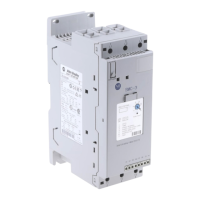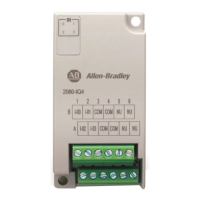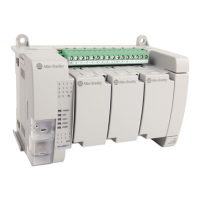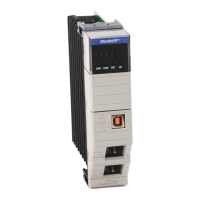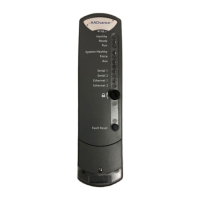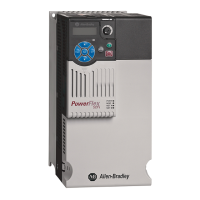Chapter 10
Troubleshooting
General Notes and Warnings For safety of maintenance personnel as well as others who might be exposed
to electrical hazards associated with maintenance activities, the safety
related work practices of NFPA 70E, Part II, should always be followed
when working on electrical equipment. Maintenance personnel must be
trained in the safety practices, procedures and requirements that pertain to
their respective job assignments.
To avoid shock hazard, disconnect main power before
working on the controller, motor or control devices such
as Start/Stop push-button. Procedures which require parts
of the equipment to be energized during troubleshooting,
testing, etc., must be performed by properly qualified
personnel, using appropriate work practices and
precautionary measures as specified in NFPA 70E, Part II.
Disconnect the controller from the motor before
measuring insulation resistance (IR) of the motor
windings. Voltages used for insulation resistance testing
can cause failure of SCRs. Do not make any measurements
on the controller with an IR tester (Megger), unless
solid-state devices are isolated or shorted out. Where
appropriate, the case of the test equipment should be
connected to ground.
Note: The time required for the motor to come up to speed may be more or
less than the Start Time setting, and will vary depending on the
frictional load and inertial characteristics of the system.
Note: Depending on the application, the SMB™ Smart Motor Braking
and Slow Speed options may cause vibration and noise during the
operating cycle, and this may be minimized by lowering the current
setting. Consult the factory prior to applying these options.
For MV Dialog Plus technical support on start-up or existing installations, contact your
Rockwell Automation representative. You can also call 1-519-740-4790 for assistance
Monday through Friday from 9:00 a.m. to 5:00 p.m. (Eastern time zone).
1560D-UM051D-EN-P – February 2005
A T T E N T I O NA T T E N T I O N
A T T E N T I O NA T T E N T I O N

